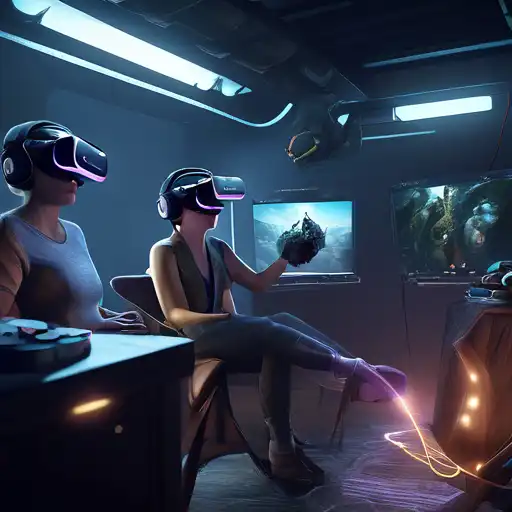Introduction to Virtual Reality
Virtual Reality (VR) has transformed from a futuristic concept into a tangible, immersive technology that's reshaping entertainment, education, and beyond. Creating immersive VR experiences requires a blend of creativity, technical skill, and an understanding of human perception. This guide will walk you through the essential steps to craft VR experiences that captivate and engage.
Understanding the Basics of VR
Before diving into creation, it's crucial to grasp what makes VR unique. Unlike traditional media, VR places the user inside an experience, offering a 360-degree view of a digitally created world. This immersion is achieved through headsets that track the user's movements and adjust the display accordingly.
Designing for Immersion
Immersion is the cornerstone of VR. To achieve it, designers must focus on creating a believable world. This involves detailed environments, realistic physics, and interactive elements that respond to the user's actions. Sound design also plays a pivotal role, as spatial audio can significantly enhance the sense of presence.
Technical Considerations
Developing VR content requires powerful hardware and software. High frame rates are essential to prevent motion sickness, a common issue in VR. Tools like Unity and Unreal Engine offer VR development kits that simplify the process, but a solid understanding of 3D modeling and programming is beneficial.
User Interaction
Interactivity is what sets VR apart. Designing intuitive controls and interactions is key to a seamless experience. Whether it's through hand controllers, gaze-based selection, or voice commands, the method of interaction should feel natural and enhance immersion.
Testing and Optimization
VR experiences must be rigorously tested across different devices to ensure compatibility and performance. Optimization techniques, such as reducing polygon counts and optimizing textures, are crucial for maintaining high frame rates.
Future of VR
As technology advances, the possibilities for VR expand. Innovations like haptic feedback suits and eye-tracking are pushing the boundaries of what's possible, making VR experiences more immersive than ever.
Creating immersive VR experiences is a challenging yet rewarding endeavor. By focusing on immersion, leveraging the right tools, and prioritizing user interaction, developers can craft unforgettable virtual worlds. For more insights into VR development, explore our guide on VR development tools.
